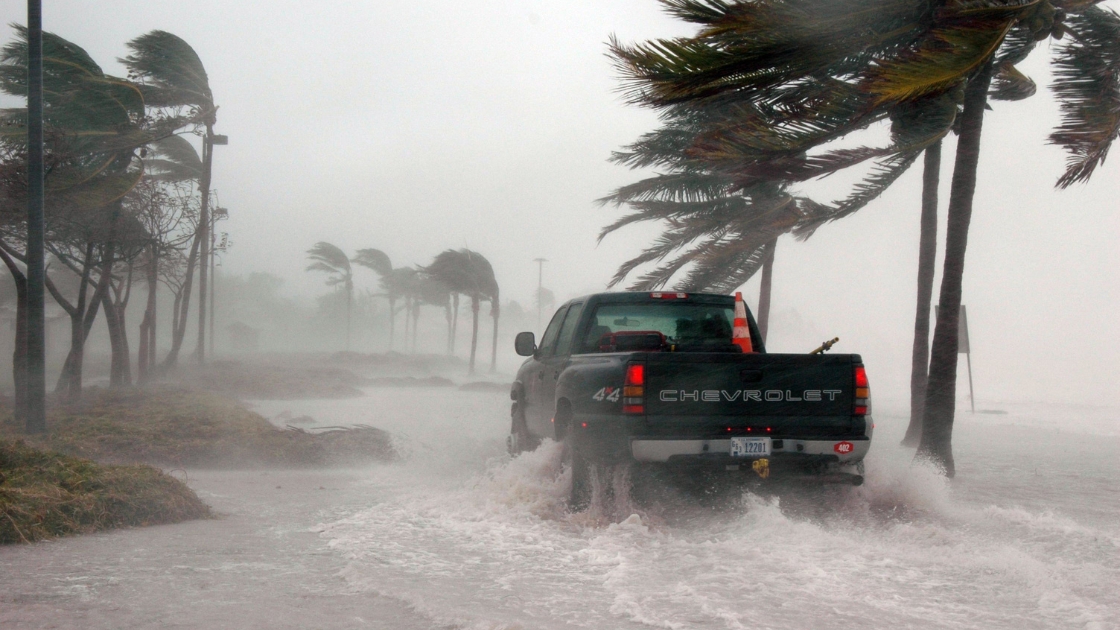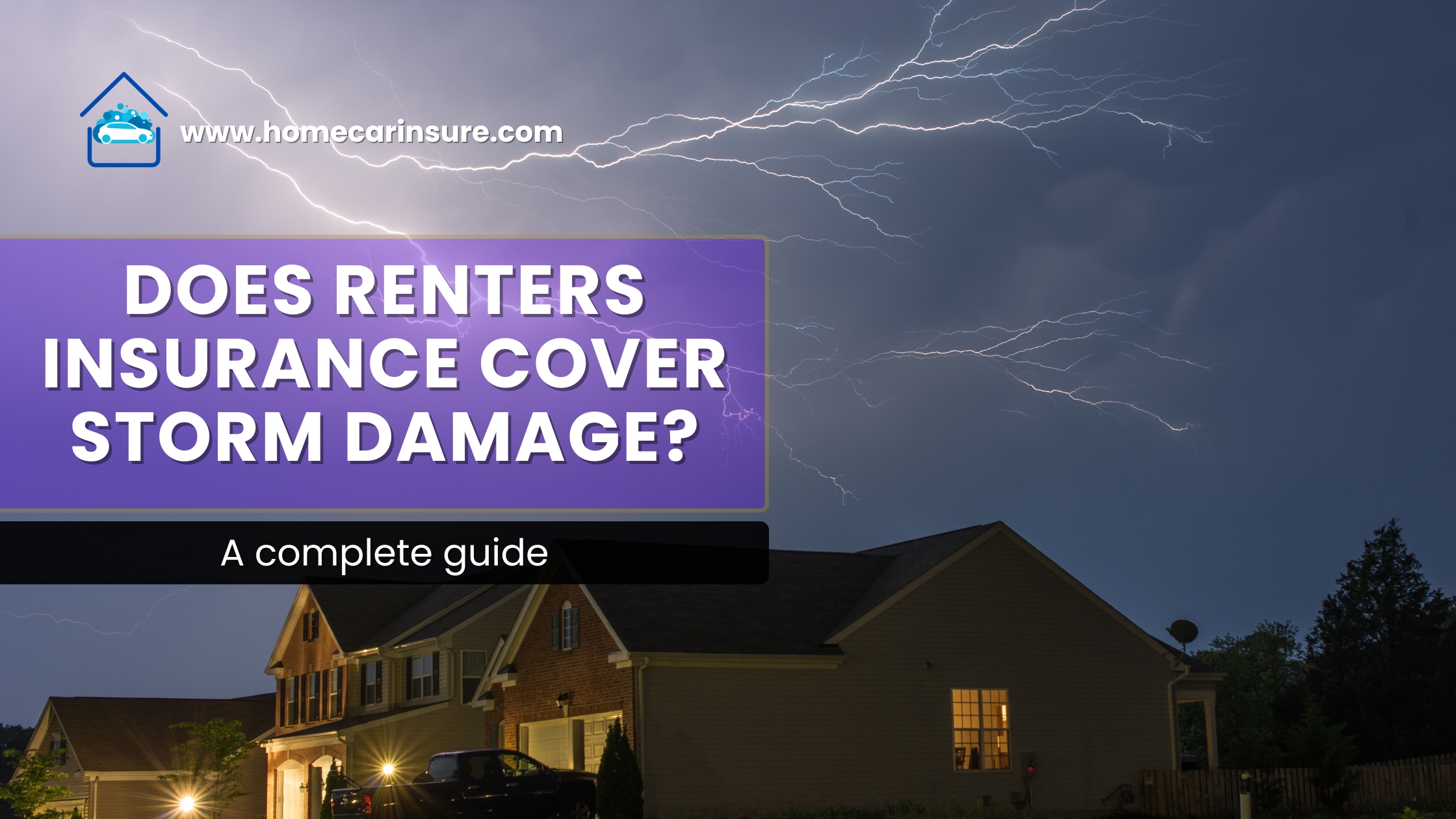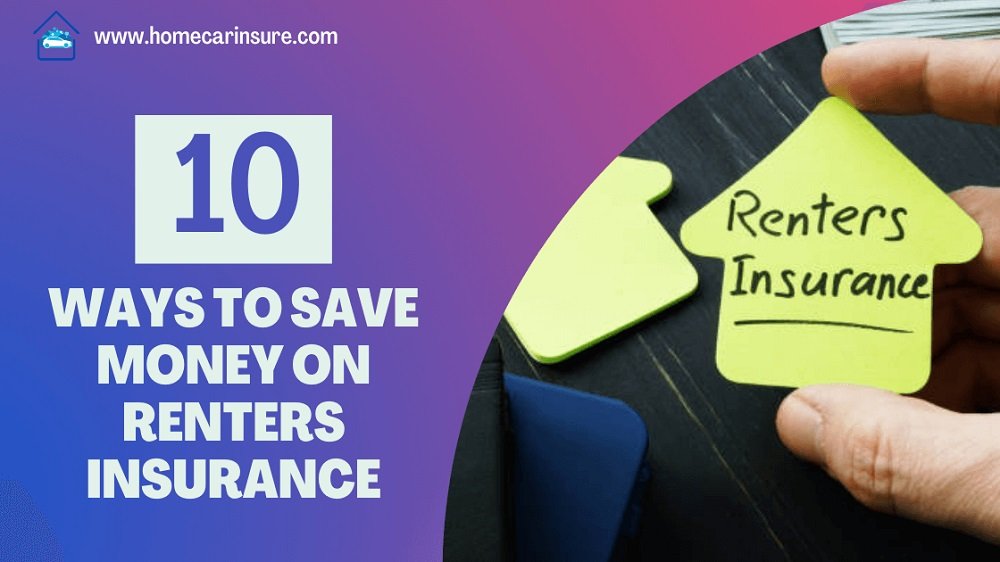If you are a renter, you may wonder if your renters insurance policy covers storm damage. Storms can cause significant damage to your belongings and your rental unit, and you may face unexpected expenses or losses as a result. In this article, we will answer the question: does renters insurance cover storm damage? We will also explain what types of storm damage are covered, what types are not covered, and what you can do to protect yourself and your property from storm damage.
What types of storm damage are covered by renters insurance?
Renters insurance is a type of property insurance that provides coverage for your personal belongings and liability in case of an accident or disaster. Renters insurance typically covers damage from hail, lightning, windstorms, wildfires, and the weight of ice, snow, and sleet. These are some of the most common perils that can occur during a storm and affect your possessions or make your rental unit uninhabitable.
For example, if a hailstorm damages your car or bike that is parked outside your rental unit, renters insurance may help pay to repair or replace it. If a lightning strike causes a fire or power surge that damages your electronics or appliances, renters insurance may help pay to replace them. If a windstorm blows off the roof or windows of your rental unit, renters insurance may help pay to repair them or cover your additional living expenses if you have to temporarily relocate.
However, renters insurance coverage is not unlimited. There are limits on how much your policy will pay for each type of item or category of items. For example, your policy may have a limit of $1,000 for jewelry, $2,000 for electronics, or $5,000 for furniture. There are also deductibles, which are the amounts you have to pay out of pocket before your policy kicks in. For example, your policy may have a deductible of $500 or $1,000 per claim. You should review your policy details carefully to understand what your limits and deductibles are.
What types of storm damage are not covered by renters insurance?

Renters insurance does not cover all types of storm damage. The most notable exclusions are floods and earth movement (such as earthquakes and sinkholes) . These are some of the most devastating perils that can occur during a storm and affect your possessions or make your rental unit uninhabitable.
For example, if a flood from heavy rain or storm surge damages your furniture, clothing, or electronics, renters insurance will not help pay to replace them. If an earthquake or sinkhole causes structural damage to your rental unit or building, renters insurance will not help pay to repair them or cover your additional living expenses if you have to temporarily relocate.
If you live in an area that is prone to these perils, you should consider getting additional coverage from the National Flood Insurance Program or private insurers . These policies can provide coverage for flood or earth movement damage to your personal belongings and rental unit. However, these policies may be expensive or hard to find, depending on where you live and how high the risk is. You should shop around for the best rates and coverage options for your situation.
Additional Living expenses (ALE) Coverage for Hurricanes in Renters Insurance
ALE coverage works based on the same idea as personal property protection: You can only get coverage if the costs are caused by a covered peril.
If your apartment becomes unlivable due to damage from hurricane winds and hail — covered perils — you’ll be covered for living expenses that are necessary to keep your normal standard of living (up to the policy limits). For example, the hotel expenses will be covered until your apartment is fixed and livable again.
However, if your apartment becomes unlivable due to flooding — an uncovered peril — ALE coverage does not apply. This means that if severe hurricane floods have made your home unlivable, your renters insurance provider is not responsible, and you’ll have to pay for the additional living expenses, such as the hotel costs, yourself.
What can renters do to protect themselves and their property from storm damage?
Renters can take some proactive steps to reduce the risk and impact of storm damage on their belongings and rental unit. Here are some tips on how to prepare for a storm and deal with storm damage:
- Prepare for a storm:
- Secure loose items that could be blown away by strong winds, such as patio furniture, umbrellas, or plants.
- Unplug electronics and appliances that could be damaged by power surges or lightning strikes.
- Store valuables and important documents in waterproof containers or bags.
- Have an emergency kit ready with essentials such as water, food, flashlight, batteries, first aid kit, radio, phone charger, etc.
- Deal with storm damage:
- Document the damage with photos or videos as soon as possible.
- Contact your landlord and inform them of the damage and any repairs needed.
- Contact your insurance company and file a claim as soon as possible.
- Follow the instructions and advice of your landlord and your insurance company when dealing with the damage.
- Repair or replace damaged items as soon as possible.
Final Takeaway!
In conclusion, renters insurance may cover some types of storm damage but not others. It depends on the type of storm and the type of policy you have. Renters insurance typically covers damage from hail, lightning, windstorms, wildfires, and the weight of ice, snow, and sleet. Renters insurance does not cover damage from floods or earth movement. Renters who live in areas prone to these perils should consider getting additional coverage from the National Flood Insurance Program or private insurers. Renters can also take some proactive steps to protect themselves and their property from storm damage by preparing for a storm and dealing with storm damage.




